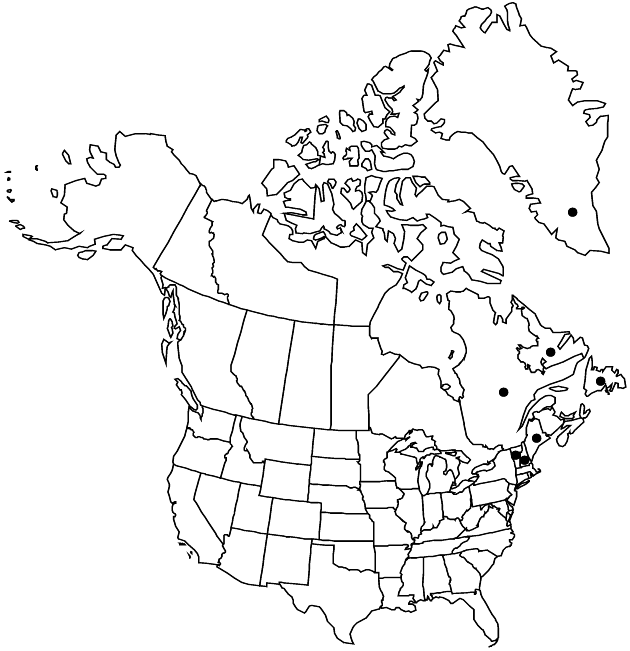Omalotheca supina
in A. P. de Candolle and A. L. P. P. de Candolle, Prodr. 6: 245. 1838.
Common names: Alpine Arctic-cudweed gnaphale couché
Basionym: Gnaphalium supinum Linnaeus Syst. Nat. ed. 12, 3: 234. 1768
Revision as of 20:40, 27 May 2020 by imported>Volume Importer
Plants 2–8(–12) cm. Leaves mostly basal (in persistent rosettes); blades 1-nerved, linear to linear-oblanceolate, 5–25 × 3 mm, cauline similar, faces concolor, gray-green, thinly woolly. Heads (usually 1–7) in subcapitate to loose, spiciform arrays. Involucres campanulate, 5–6 mm. Phyllaries light green to tan, oblong to lanceolate, outer obtuse, inner mostly acute, margins and tips dark brown. Cypselae obovoid, strigose; pappus bristles distinct, falling separately. 2n = 28.
Phenology: Flowering Jul–Sep.
Habitat: Granite outcrops, gravelly slopes, other alpine sites
Elevation: 200–1300 m
Distribution

Greenland, Nfld. and Labr., Que., Maine, N.H., Vt., Europe, Asia (Caucasus, Iran).
Discussion
Selected References
None.
Lower Taxa
None.